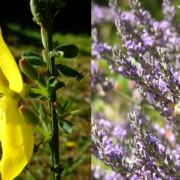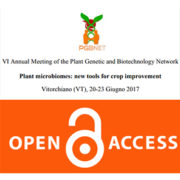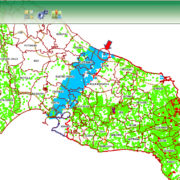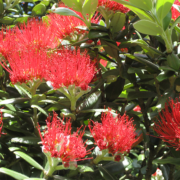Cytisus scoparius and Lavandula allardii added to the EU list of plants found susceptible to Xylella fastidiosa
Two new plant hosts, i.e. Cytisus scoparius and Lavandula x allardii, have been recently found susceptible to Xylella fastidiosa subsp. multiplex, in the European Union territory. According to this new finding, the EC Directorate General for Health and Food Safety has released, on May 30, 2016, the fourth update of the Commission database gathering all the host plants found to be susceptible to Xylella fastidiosa in the EU countries.
Cytisus scoparius, the common broom or Scotch broom, syn. Sarothamnus scoparius, is a perennial leguminous shrub, in the Fabaceae family, native to western and central Europe. It is common in Great Britain and Ireland, and widely cultivated as an ornamental plant, with several cultivars selected for variation in flower color, including varieties with deep yellow flowers, dark orange-red flowers, or pendulous branchlets.
Lavandula allardii, family Lamiaceae, syn. Lavandula x heterophylla, is a hybrid lavender plant of Lavandula dentata and Lavandula latifolia, also called Allard’s Lavender. This Lavender is graced with long light purple flowers and a soft gray-green colored foliage. Grows well in sub-tropic humid regions with shrubs forming dense mounds of silver foliage. Three other Lavandula species (L. angustifolia, L. dentata and L. stoechas) had been already found to be infected by Xylella fastidiosa.
Cytisus scoparius and Lavandula x allardii have been added to the growing list of host plants referred to in Article 1(b) of Commission Implementing Decision (EU) 2015/2417 of 17 December 2015, which have been found to be susceptible to Xylella fastidiosa in the Union territory, or, where a Member State has demarcated an area with regard to only one or more subspecies of Xylella fastidiosa pursuant to the second subparagraph of Article 4(1) of that Decision, as having been found to be susceptible to that or those subspecies.
After this last update, the list is currently including 23 host species susceptible to X. fastidiosa subsp. multiplex, 22 susceptible to X. fastidiosa subsp. pauca, and one species, namely coffee, found susceptible to several X. fastidiosa subspecies.
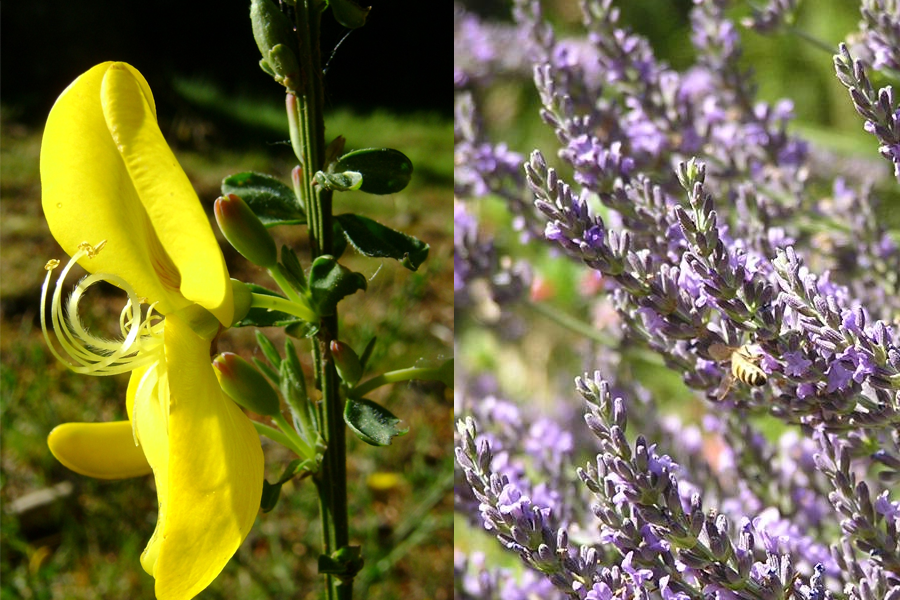
Cytisus scoparius (left) and Lavandula x allerdii (right). © Commons Wikipedia, www.colorfulnature.com

